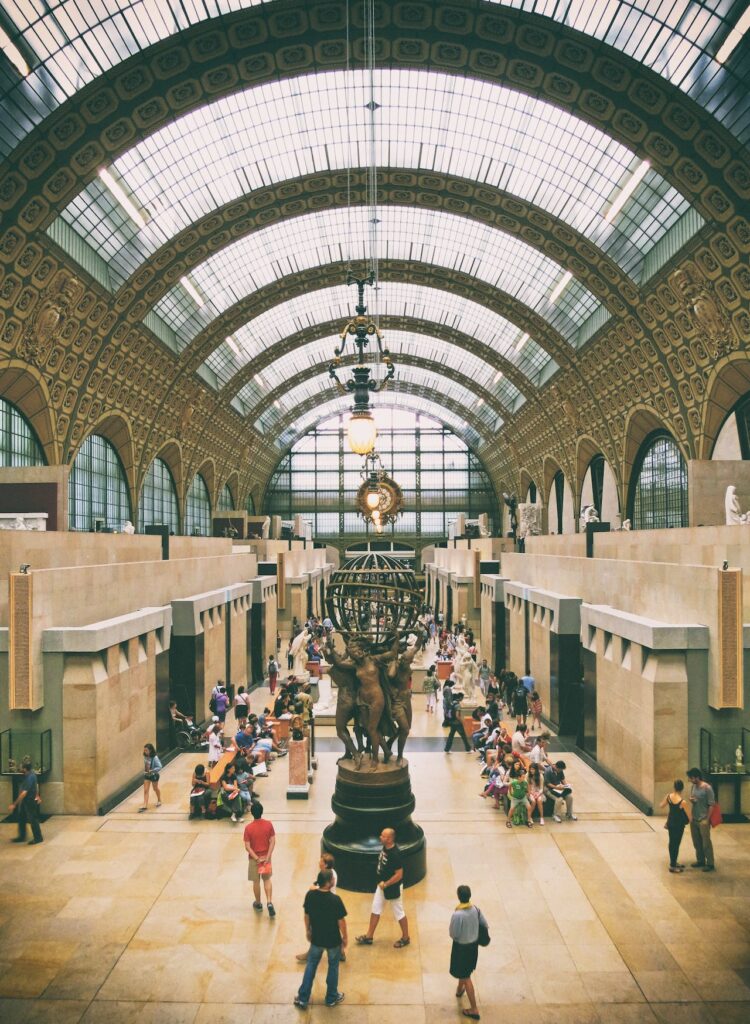Owning a historic home is like holding a piece of history in your hands. These properties tell stories of a bygone era, showcasing timeless architecture and unique details that modern homes often lack. However, maintaining the charm and character of a historic house requires careful attention and a dedication to preservation. Here are some essential tips for safeguarding the character of your historic home.
1. Understand Your Home’s Historical Significance
The first step in preserving your historic home is understanding its historical significance. Researching your home’s history can provide valuable insights into its architectural style, original features, and the materials used in its construction. Visit local archives, libraries, and historical societies to gather information.
Knowing the history of your home helps you make informed decisions about its preservation and ensures that any changes you make are in line with its original character.
2. Maintain Original Features
One of the key aspects of preserving a historic home is maintaining its original features. Elements like woodwork, moldings, flooring, and windows contribute significantly to the home’s character. Regular maintenance, such as cleaning, painting, and minor repairs, can help preserve these features. When replacements are necessary, try to use materials and techniques that match the original as closely as possible. This authenticity is crucial for maintaining the home’s historical integrity.
3. Preserve and Restore Finish Carpentry
Finish carpentry includes elements like trim, crown moldings, baseboards, and wainscoting, which add a great deal of character and elegance to historic homes. To preserve and restore these features, it is essential to regularly inspect them for signs of wear, such as cracks, chips, or paint peeling.
When carrying out restoration work, meticulously match the wood species, grain patterns, and joinery techniques used in the original construction. In Orem, there are skilled craftsmen who specialize in historic home carpentry and can replicate or repair intricate woodwork to maintain the authenticity of your home. Engaging these professionals ensures that any restoration work enhances the beauty and historical value of your property.
4. Use Appropriate Materials and Methods
When it comes to repairs and renovations, using appropriate materials and methods is essential. Modern materials and techniques might seem more convenient, but they can often harm the structural integrity and aesthetic appeal of historic homes. Traditional materials like lime plaster, wood, and stone should be used whenever possible. Additionally, work with contractors who specialize in historic preservation to ensure that renovations are conducted properly and sensitively.
5. Improve Energy Efficiency Sensitively
Many historic homes lack the energy efficiency of modern constructions, which can lead to higher utility bills. However, improving energy efficiency doesn’t have to come at the expense of the home’s character.
Simple measures like weatherstripping windows and doors, adding insulation in attic spaces, and installing energy-efficient lighting can make a significant difference. If more extensive upgrades are necessary, such as replacing windows or HVAC systems, opt for solutions that maintain the home’s aesthetic while enhancing its functionality.
6. Stay Informed About Preservation Standards
Finally, staying informed about preservation standards and guidelines is crucial. Organizations like the National Trust for Historic Preservation provide resources and guidance on maintaining the character of historic homes.
Familiarize yourself with local regulations and guidelines as well, as they can vary depending on your location. Adhering to these standards not only helps you preserve your home’s character but also ensures that any changes are legally compliant.
In conclusion, owning a historic home is both a privilege and a responsibility. By understanding your home’s history, maintaining its original features, using appropriate materials and methods, improving energy efficiency sensitively, and staying informed about preservation standards, you can safeguard the character of your historic home for future generations to enjoy. Remember, every effort you make contributes to preserving a piece of history and the unique charm that makes your home truly special.




